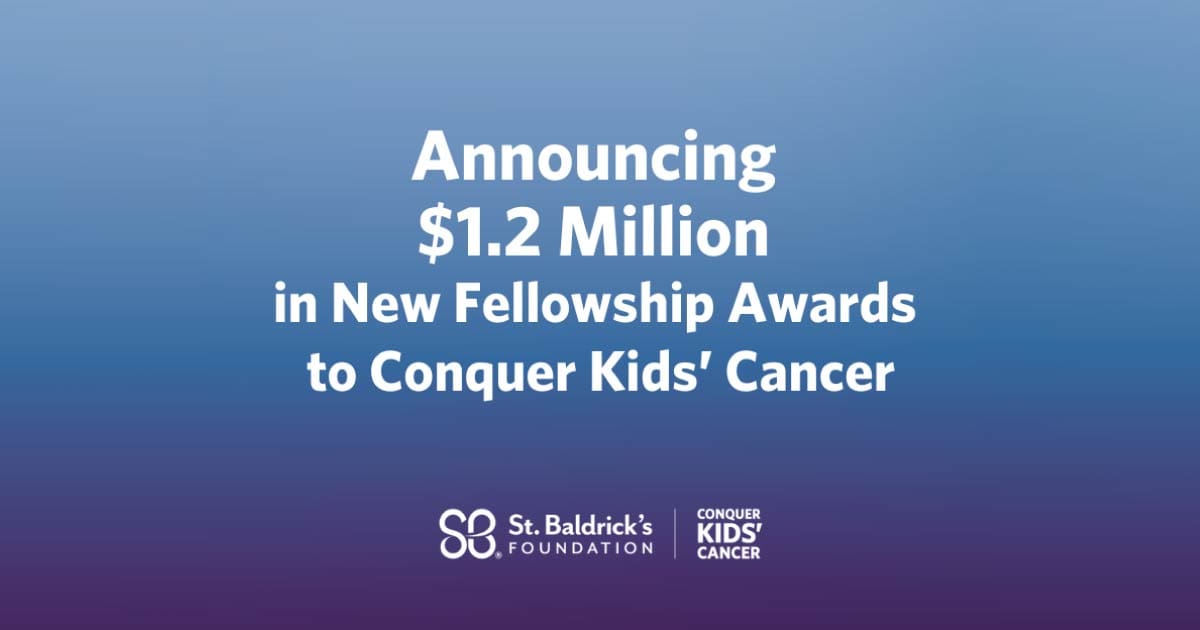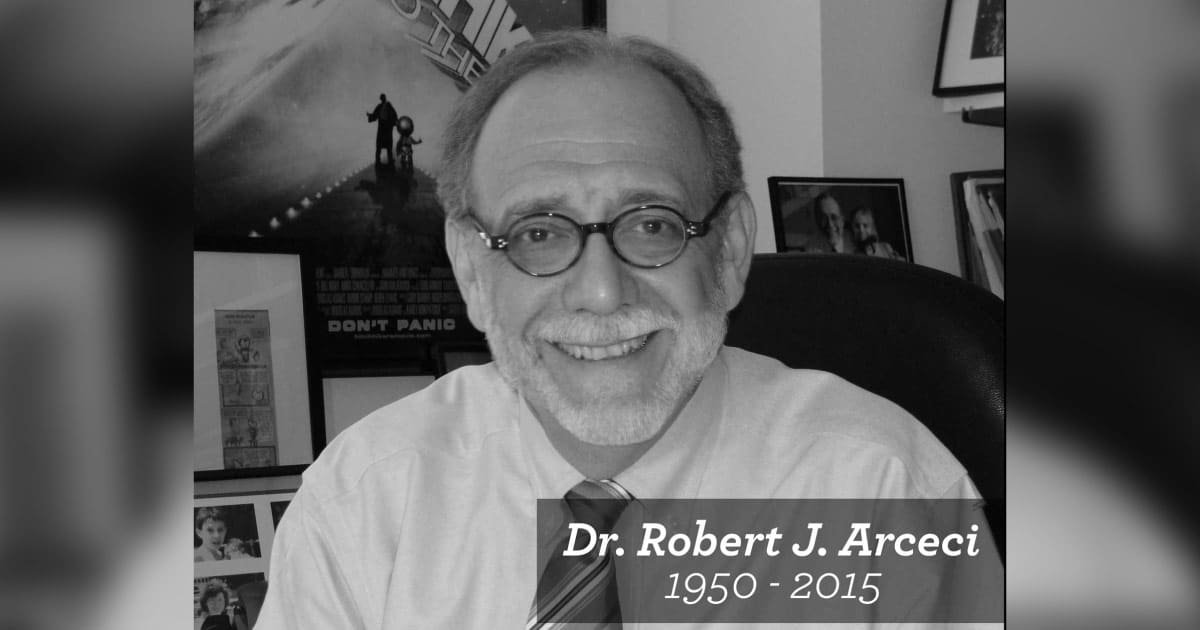The hope for better futures for kids with cancer relies on childhood cancer research. And that research relies — not only today but for decades to come — on the training of the next generation of childhood cancer researchers. This new investment of over $1.2 million puts these young researchers on that path to finding new cures.
Read more below about what this new investment is supporting.
Dr. Amanda Campbell
The goal of this project is to create immune cells to target pediatric acute myeloid leukemia (AML). Natural killer (NK) cells play an important role in the immune response to cancer by recognizing and killing tumor cells. Dr. Campbell and colleagues propose to tip the balance in favor of immune cells by knocking out a key NK cell inhibitor.
Dr. Christopher Kuo
Ewing sarcoma is a bone and soft tissue cancer that occurs mainly in children, adolescents and young adults. Dr. Kuo’s project will focus on understanding how Ewing sarcoma tumors develop, to identify new treatment options for kids with Ewing sarcoma.
Dr. Emma Cantor
Osteosarcoma is the most common bone tumor in kids yet the survival rate remains low. Not enough is known about how osteosarcomas develop. To learn more, researchers must better understand how normal bone cells become osteosarcoma cells. Dr. Cantor and colleagues are creating models that mimic the cancer formation process to define the factors that drive the production of osteosarcoma cells. Better understanding of this process may allow researchers to develop new therapeutic approaches for children with osteosarcoma.
Dr. Robert Lindquist
Children with the brain tumor ependymoma have high relapse rates and poor long-term survival. Treatment options for ependymoma are limited and there is no known effective chemotherapy. Dr. Lindquist is working to make a new model of this tumor, to study how the tumor forms and grows, and to test new therapies in this model to identify new therapies to extend the lives of children with ependymoma.
Dr. Crystal Wang
Some cancer cells use fat to grow, spread, and hide in the brain. When cancer cells hide in the brain, it is hard for chemotherapy reach them due to the blood brain barrier, which allows cancers to come back when they come out of hiding. Dr. Wang and colleagues are investigating how childhood leukemia uses fat to survive in the brain and how drugs that starve leukemia of fat can kill leukemia cells hiding in the brain.
Dr. Jessica Tsai
Diffuse intrinsic pontine glioma (DIPG) is a deadly pediatric brain cancer. While looking at genes that are turned on or turned off in DIPG, Dr. Tsai found a gene called FOXR2 that is turned on in a subset of these tumors. FOXR2 is not usually present in the normal brain, but it has high levels in a subset of DIPGs. This is exciting because if doctors can target FOXR2 with new therapies, only tumor cells would be affected, sparing the normal cells in the brain. She will work to understand more about this gene. Dr. Tsai is being awarded an additional year of Fellowship to continue her exciting project.
Dr. Anand Bhagwat
Acute Myeloid Leukemia (AML) is a blood cancer that takes the lives of many children each year. One recent treatment strategy has been to teach the patient’s body to fight off the AML like it would fight off an infection. This has been successful for patients with other blood cancers, but less so for patients with AML. Dr. Anand’s project is to understand why it didn’t work as well for AML patients.
The next round of St. Baldrick’s grants – funded by donors like you – will be announced this summer.
Visit the St. Baldrick’s grants page to learn more about all the research you’re making possible.
Donate now and help support research into better treatments for kids with cancer.



